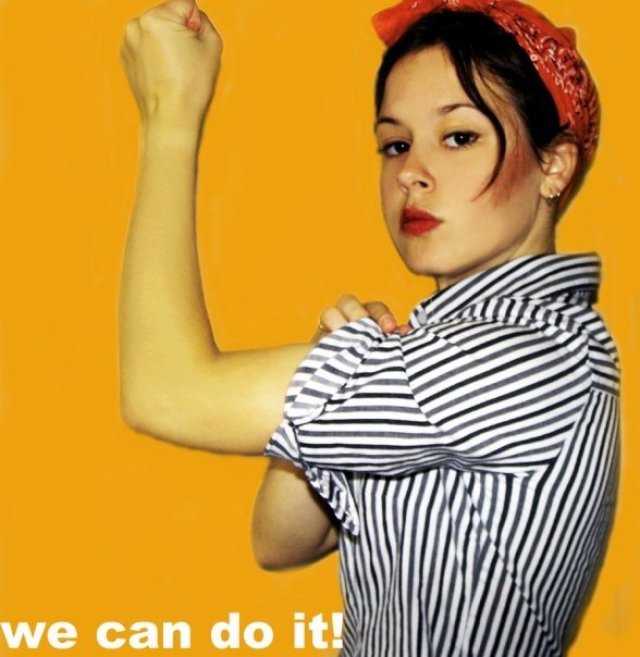
Through the eyes of many modern women, it seems difficult to comprehend that not so many decades ago women all around the Western world were fighting for the basic rights and freedoms they so rightly deserved.
Amid an ongoing struggle, laws began to change and social ideals began to alter. A new sense of empowerment quickly emerged as women entered the workforce and marked their places in the political arena.
Had gender equality finally been won? Or did certain stereotypes of women remain beneath the surface, waiting to be shaped by the norms of modern society and popular culture?
These days, it seems almost impossible to turn on the television or flick through any women’s magazine without being bombarded by advertisements promoting the latest cosmetics, weight loss programs and celebrity fashion trends.
In turn, women feel inadequate and insecure about their appearance. This leads many to invest much of their time and money towards achieving what Western society deems as “attractive”.
If the results of women being constantly exposed to unrealistic images of what they “should look like” have been proven to hold serious psychological and physical implications, then why is there such an evident lack in popular culture of “everyday”, realistic women being praised for their intelligence rather than their attractiveness?
To put it simply, sex sells. It is nothing more than a destructive cycle of desire and consumption. Women are encouraged to fit the mould of what popular media labels as attractive. And many end up consuming whatever the cosmetic and beauty industries have to offer.
The global cosmetic industry is estimated to be worth about $40 billion.
Alongside this, the amount spent on plastic surgery in Australia has risen dramatically over the past decade. In 2007, an estimated $300 million was spent on cosmetic surgery. Women undergo most of this surgery.

It is no surprise that many women feel the pressure to fit the standard of physical attractiveness. The images of women in the popular media are perceived as sex symbols, demanded and idolised by men.
How often do we come across a film, television show or story about an attractive woman catching or pleasing a man and achieving success and happiness?
In comparison, how often do we come across the same types of media portraying attractive men using their looks to win the heart of an intelligent, strong woman resulting in achieving success and happiness?
The latter is rare as it is not a notion perceived as “normal” within Western society.
Women are subjected to stereotyping on the basis of their appearance and are infrequently expected to fit any other role than an object of physical desire.
A 2009 UNESCO report referred to one global survey that said at the current rate of progress on stereotyping women, “it will take another 75 years to achieve gender equality in the media”.
This truly is alarming. Many women are not only sacrificing a substantial amount of their income, but more importantly their mental and physical wellbeing, to achieve unhealthy expectations of what mainstream culture decides is attractive.
Women cannot achieve permanent satisfaction and happiness as a result of this cycle.
Not only does it widen the gap of gender inequality, but it draws us closer to the materialistic and superficial demands of a consumerist society, and further away from the real values and joys of life.